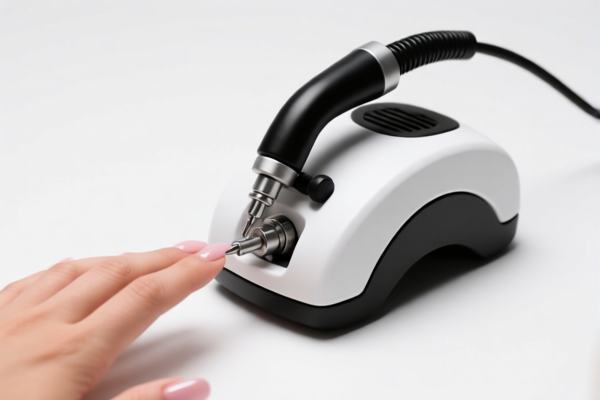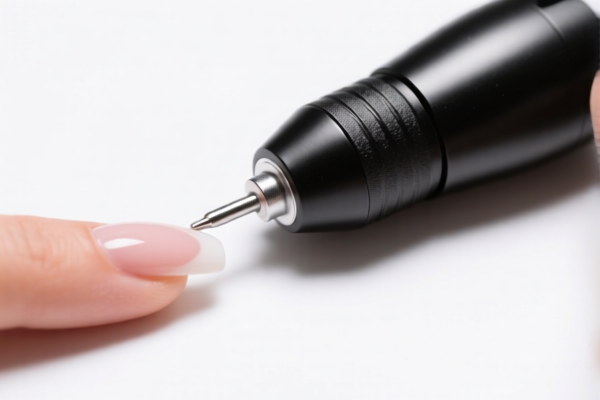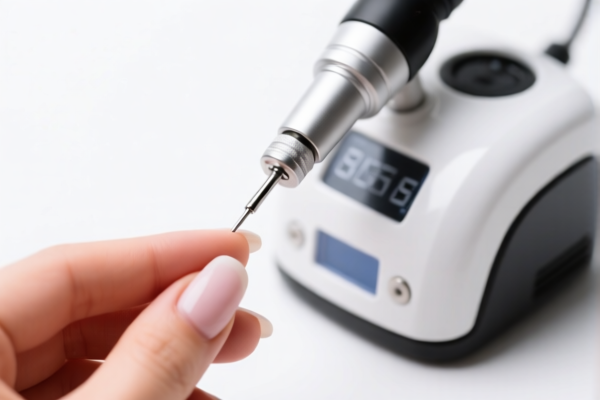| HS Code | Official Doc | Tariff Rate | Origin | Destination | Effective Date |
|---|---|---|---|---|---|
| 8442300150 | Doc | 55.0% | CN | US | 2025-05-12 |
| 8442300110 | Doc | 55.0% | CN | US | 2025-05-12 |
| 8465100005 | Doc | 57.4% | CN | US | 2025-05-12 |
| 8465100005 | Doc | 57.4% | CN | US | 2025-05-12 |
| 8487900080 | Doc | 83.9% | CN | US | 2025-05-12 |
| 8487900040 | Doc | 58.9% | CN | US | 2025-05-12 |
| 8214203000 | Doc | 34.0% | CN | US | 2025-05-12 |
| 8214209000 | Doc | 34.1% | CN | US | 2025-05-12 |
| 9605000000 | Doc | 38.1% | CN | US | 2025-05-12 |
| 8208903000 | Doc | 55.0% | CN | US | 2025-05-12 |
| 8208906000 | Doc | 55.0% | CN | US | 2025-05-12 |
| 6704900000 | Doc | 37.5% | CN | US | 2025-05-12 |
| 6703003000 | Doc | 37.5% | CN | US | 2025-05-12 |
| 6703006000 | Doc | 37.5% | CN | US | 2025-05-12 |




Nail Machine
A nail machine, also known as a nail gun or nailer, is a tool used to drive nails into wood or other materials. It significantly increases the speed and efficiency of nail driving compared to manual hammering, and reduces physical strain on the user.
Materials & Construction
Nail machines are typically constructed from a combination of metal alloys (primarily steel and aluminum) and durable plastics. Internal components include a spring-loaded mechanism or compressed air system to provide the force for driving nails.
Purpose & Function
The primary purpose of a nail machine is fastening pieces of wood, plastic, or metal together. They function by rapidly driving a nail into a material using a force generated by one of several power sources.
Power Sources & Types
Nail machines are categorized by their power source:
- Pneumatic Nailers: These are the most common type, powered by an air compressor. They offer high speed and power, and are suitable for a wide range of applications. Require an air hose connection.
- Cordless Nailers: Powered by batteries, offering portability and convenience. Often use either gas fuel or electric motors.
- Gas Nailers: Utilize a fuel cell and a battery to generate the power for driving nails. Offer portability but require fuel cell refills.
- Electric Nailers: Powered directly by an electrical outlet, providing consistent power. Generally less powerful than pneumatic options.
Common Types (categorized by application)
- Framing Nailers: Used for structural framing, sheathing, and other heavy-duty construction tasks. Use larger nails and require significant power.
- Finish Nailers: Used for trim work, molding, and other delicate applications where a small nail head is desired.
- Brad Nailers: Similar to finish nailers but use even smaller gauge nails, creating a virtually invisible nail hole.
- Roofing Nailers: Designed specifically for installing roofing shingles and other roofing materials.
- Flooring Nailers: Used for installing hardwood flooring.
- Siding Nailers: Used for installing siding materials.
Usage Scenarios
Nail machines are used in a variety of applications, including:
- Construction: Framing, roofing, siding, sheathing, flooring.
- Carpentry: Trim work, molding, cabinet installation.
- DIY Projects: Home repairs, furniture building, woodworking.
- Upholstery: Securing fabric to frames.
Safety Considerations
- Eye Protection: Always wear safety glasses to protect against flying debris.
- Hearing Protection: Nail machines can be loud; ear protection is recommended.
- Proper Training: Users should be properly trained in the safe operation of the specific nail machine they are using.
- Material Compatibility: Ensure the nail machine and nails are compatible with the materials being fastened.
- Disconnect Power: Disconnect the air hose or remove the battery when not in use or performing maintenance.
Based on the provided information, “nail machine” can be interpreted as machinery or parts related to nail production or nail care. Here's a breakdown of relevant HS codes:
-
8442300150: Machinery, apparatus and equipment (other than the machines of headings 8456 to 8465), for preparing or making plates, cylinders or other printing components; plates, cylinders and other printing components; plates, cylinders and lithographic stones, prepared for printing purposes (for example, planed, grained or polished); parts thereof: Machinery, apparatus and equipment. This code covers machinery used in the production process, which could include machines for making components used in nail production (if applicable).
- Chapter 84: Covers machinery and mechanical appliances.
- Heading 8442: Specifically relates to machinery for preparing or making printing components.
- Subheading 8442300150: Further specifies machinery, apparatus, and equipment.
- Tax Rate: Base tariff: 0.0%, Additional tariff: 25.0%, Post-April 2, 2025, additional tariff: 30.0%, Total tariff: 55.0%.
-
8208903000: Knives and cutting blades, for machines or for mechanical appliances, and base metal parts thereof: Other: For shoe machinery. While primarily for shoe machinery, this code could apply if the nail machine utilizes specialized knives or blades.
- Chapter 82: Covers cutlery, manicure/pedicure sets, and similar articles.
- Heading 8208: Specifically relates to knives and cutting blades for machines.
- Subheading 8208903000: Further specifies knives and blades for shoe machinery.
- Tax Rate: Base tariff: 0.0%, Additional tariff: 25.0%, Post-April 2, 2025, additional tariff: 30.0%, Total tariff: 55.0%.
-
8208906000: Knives and cutting blades, for machines or for mechanical appliances, and base metal parts thereof: Other: Other (including parts). This is a broader category for knives and blades, potentially covering those used in nail machines if they don't fall under the shoe machinery specification.
- Chapter 82: Covers cutlery, manicure/pedicure sets, and similar articles.
- Heading 8208: Specifically relates to knives and cutting blades for machines.
- Subheading 8208906000: Further specifies other knives and blades (including parts).
- Tax Rate: Base tariff: 0.0%, Additional tariff: 25.0%, Post-April 2, 2025, additional tariff: 30.0%, Total tariff: 55.0%.
-
8487900080: Machinery parts, not containing electrical connectors, insulators, coils, contacts or other electrical features, and not specified or included elsewhere in this chapter: Other Other. If the nail machine consists of non-electrical parts, this code may be applicable.
- Chapter 84: Covers machinery and mechanical appliances.
- Heading 8487: Specifically relates to machinery parts.
- Subheading 8487900080: Further specifies other machinery parts.
- Tax Rate: Base tariff: 3.9%, Additional tariff: 25.0%, Post-April 2, 2025, additional tariff: 30.0%, Total tariff: 83.9%. Steel or aluminum products are subject to an additional 25% tariff.
According to the provided reference material, the HS code options related to 'nail machine' are limited, with only the following 4 found.
Customer Reviews
No reviews yet.